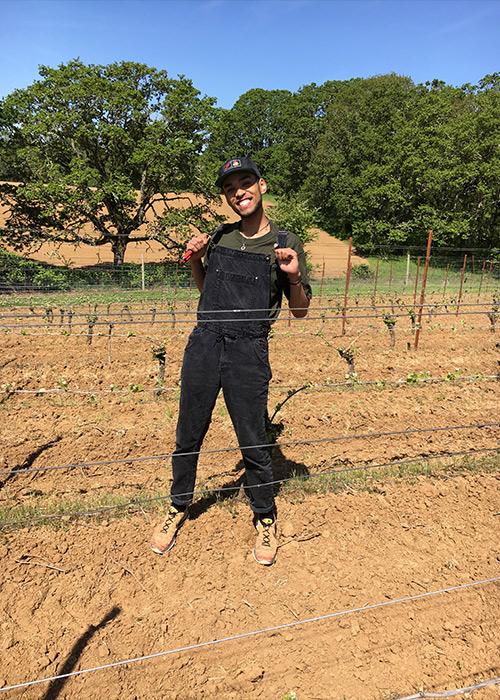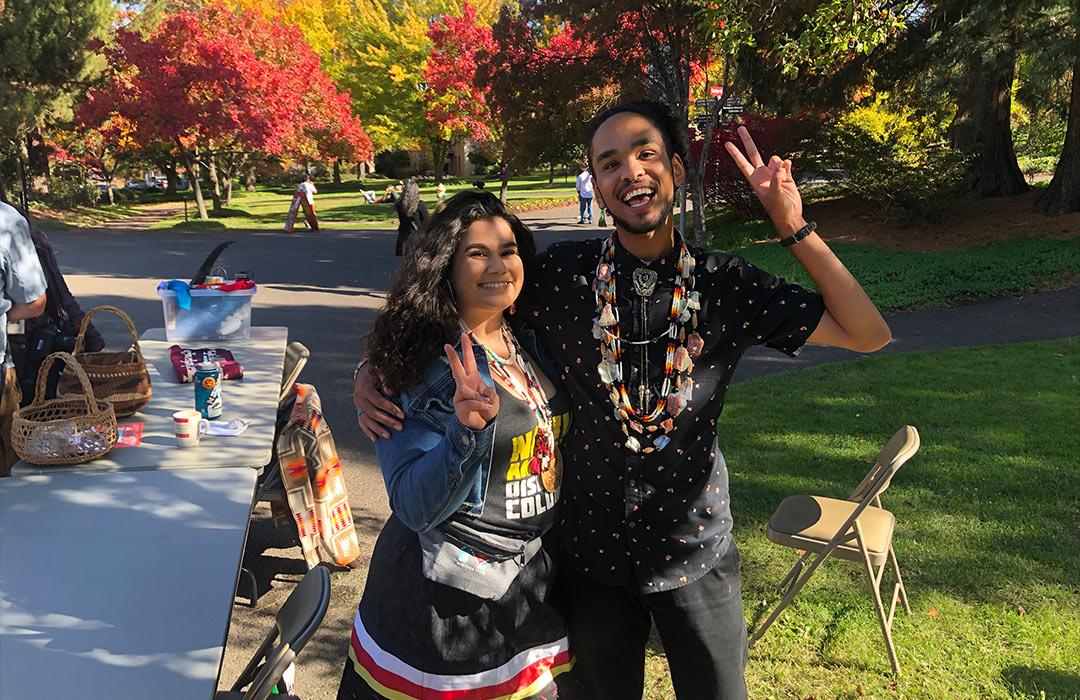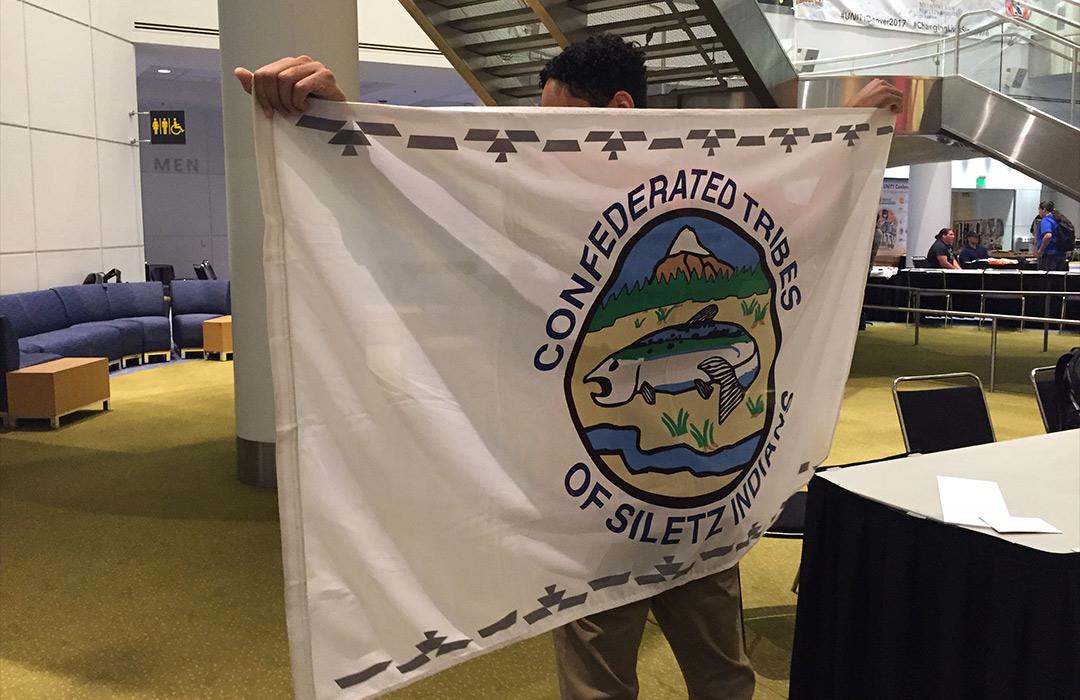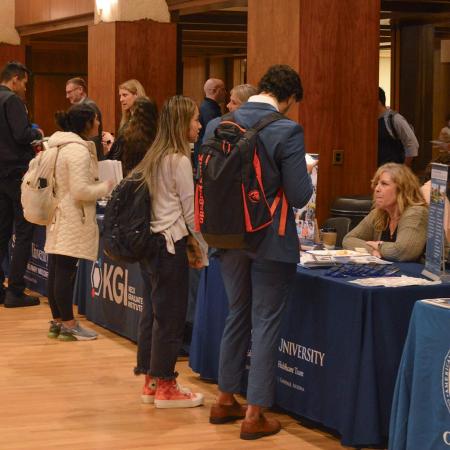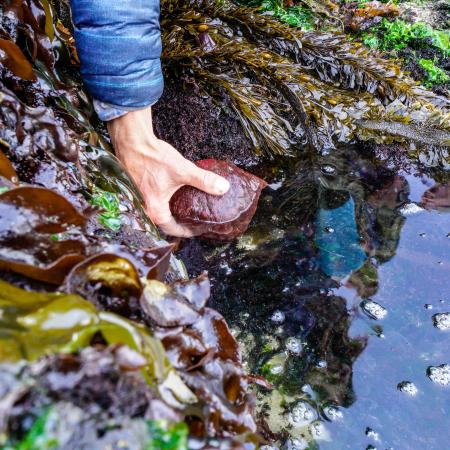Scientific knowledge can ensure the survival and protection of forests, coastal habitats, oceans and wildlife that are central to one’s cultural identity and heritage. With its unique and cherished relationship to the coast, the Confederated Tribes of Siletz Indians in Oregon is strengthening its conservation practices with the help of young scientists like Devonte Casey. A graduating senior in zoology at Oregon State University, Casey has been deeply inspired by the synergy between his academic pursuits and his identity as a Native American.
Two years ago, Casey began working in a biological research internship position with the Department of Natural Resources and Culture of the Siletz Indians Tribes, which is devoted to conservation and management of natural resources on tribally-held lands. Passionate about the protection of marine habitats, Casey has conducted biological sampling of fish and contributed to river restoration projects.
While this got him hooked on the science of ecological restoration in rivers and on the coast, enrolling in one of the most popular courses at Oregon State, Marine Biology and Ecology (BI 450), close on the heels of his summer research, was equally transformative.
"I can say with 100% certainty that the reason I am studying zoology, specifically marine science, is because of my coastal traditions and my coastal tribe."
The course, which ordinarily incorporates immersive learning and hands-on exposure to a wide spectrum of marine organisms, flora and fauna under the auspices of the Hatfield Marine Science Center in Newport, was taught entirely via Zoom due to COVID-19 safety measures. Despite the changed structure, BI 450, nonetheless, succeeded in captivating students.
“The marine biology course opened my eyes to numerous research possibilities. In the future, I would like to conduct research on marine algae species along the Oregon coast,” said Casey.
